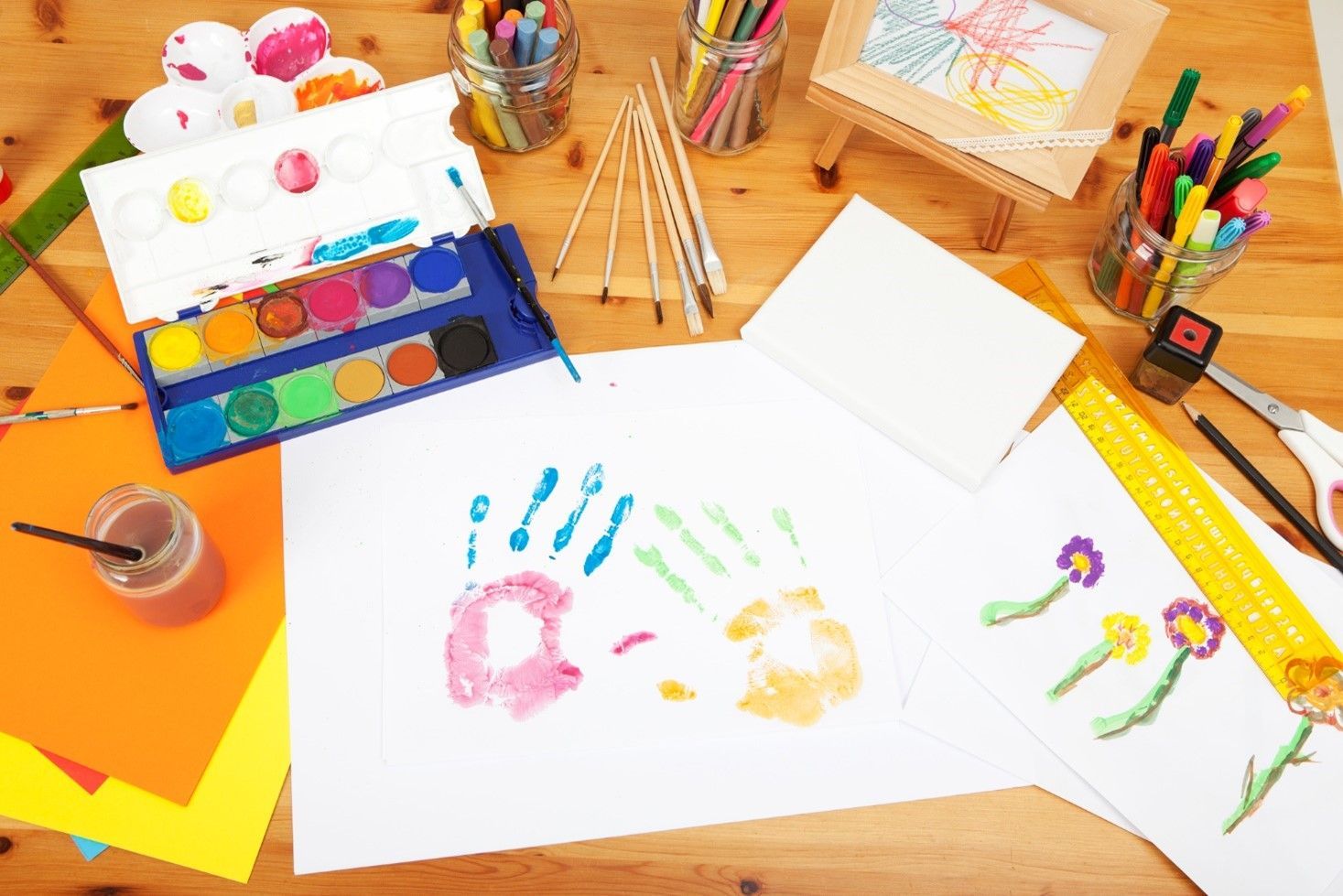3 Routines Your Preschooler Needs
- By Admin
- •
- 12 Nov, 2020
- •

Do you have a special daycare drop-off or pick-up routine with your child? Whether it's a quick kiss and hug or you have an elaborate handshake and song, routines can help young children to feel a greater sense of comfort in potentially stressful situations. Take a look at the top times to put routines in place and how these activities can help your preschooler.
1. Bedtime Routine
Even though bedtime might not seem like it has much to do with daycare, the right amount of sleep is an essential part of the preschool day. Preschoolers (between ages three and five) should get between 10 and 13 hours of sleep in a 24-hour period, according to the Sleep Foundation. Significantly less sleep can lead to behavioral or cognitive problems during the school day.
To create an effective bedtime routine for your preschooler:
2. Naptime Routine
Your child's 10 to 13 hours of sleep don't all need to happen at night. If your preschooler still naps regularly, you can add this time into the overall count. Like bedtime, you may also need an effective naptime routine to help your child fall asleep easily.
A preschool naptime routine should:
3. Drop-Off Routine
Does your child struggle with daycare drop-off? Don't worry; they aren't alone. Some level of separation anxiety is a normal result of your child's development and the stress of the transition process. To ease drop-off and create a consistent routine:
Is your child ready to start preschool? Contact Riviera Daycare & Preschool for more information.
1. Bedtime Routine
Even though bedtime might not seem like it has much to do with daycare, the right amount of sleep is an essential part of the preschool day. Preschoolers (between ages three and five) should get between 10 and 13 hours of sleep in a 24-hour period, according to the Sleep Foundation. Significantly less sleep can lead to behavioral or cognitive problems during the school day.
To create an effective bedtime routine for your preschooler:
- Ask for your child's input. Now that your child is a preschooler, they're ready to help out and contribute ideas. Not only will this strategy get you a few extra creative ideas, but it gives your child a stake in the routine. This may make them more likely to participate.
- Set a time limit. A two-hour-long bedtime routine may not help your child to get more sleep. Choose a reasonable time-frame for the routine and stick to it.
- Consistently use the routine. A once in a while routine won't give your child the sense of comfort they need. But consistency in the routine will. Use the routine every night.
2. Naptime Routine
Your child's 10 to 13 hours of sleep don't all need to happen at night. If your preschooler still naps regularly, you can add this time into the overall count. Like bedtime, you may also need an effective naptime routine to help your child fall asleep easily.
A preschool naptime routine should:
- Work for daycare and at home. Use the same routine or a slightly modified version for daycare and home naptimes. One routine that your child uses seven days a week creates comfort in consistency.
- Include activities your child can do alone. Even though you can read your child a story at home, they may not have this option at school. Create a routine that includes activities your child doesn't need you (or another adult) to complete.
- Come from your child. Your child doesn't only need a stake in their bedtime routine. Let them come up with naptime routine ideas too.
3. Drop-Off Routine
Does your child struggle with daycare drop-off? Don't worry; they aren't alone. Some level of separation anxiety is a normal result of your child's development and the stress of the transition process. To ease drop-off and create a consistent routine:
- Work together. This routine will help both you and your child to separate easily. Work together to create a routine you both agree on.
- Get creative. While a simple wave works for some children, make this routine extra-special and get creative. Design a unique handshake, make up a song, or create a new language only the two of you know.
- Use the routine daily. Leave plenty of time for the routine at every daycare drop-off. While it may not seem like a problem to skip one day, this breaks the routine and defeats the purpose.
Is your child ready to start preschool? Contact Riviera Daycare & Preschool for more information.
Starting preschool can be a daunting experience for children Read this blog to learn how to help your child overcome separation anxiety.
Here are some key questions to ask during a parent-teacher conference and what you can expect from a conversation with your child's teacher.
A solid foundation in emotional development can set the stage for a lifetime of healthy relationships and successful interactions. Read on to learn how.
Know the benefits of outdoor play for young children? Take a look at what parents need to know about outdoor play, play spaces, learning, and development.
As your child enters preschool, they begin to embrace independence. However, you may start to notice certain behavioral problems. Read on for more info.
Enrolling your child in daycare is one way to give them the best start in life. Read on to discover some of the benefits of sending your child to daycare.
Preschool can be an exciting but overwhelming experience for parents and children. If your child is about to join preschool, have the following items.
Three may seem fairly young to start sending your child to preschool, but the benefits of two full years of education are manifold. Here are four.







